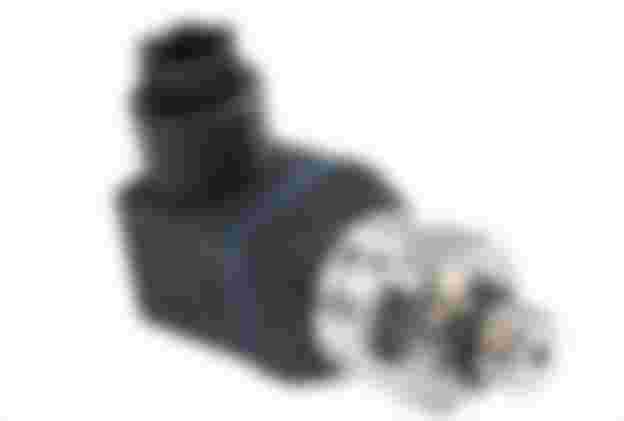What is a Pressure Sensor, What are its Types
In order for physical values such as temperature, pressure, position, flow rate to make sense, they must be measured and determined in a numerical value. Devices called sensors are used to make the measuremenPressure Sensort process and turn it into useful data. In simple terms, the sensor converts a physical quantity it measures into a digital signal.
Pressure, which expresses a magnitude, is measured with a pressure sensor. The pressure sensor detects the applied pressure and converts it into an analog signal. The analog signal is converted to be used in applications by means of necessary converters.

Pressure sensors are indispensable for monitoring and controlling systems. Because incorrectly measured or uncontrolled pressure causes undesirable damage to both the process and the business, resulting in costs.
There are 4 types of pressure sensors, but before moving on to pressure sensors, it is useful to know the pressure measurement types.
Pressure Measurement Types
• Absolute Pressure Measurement: During absolute pressure measurement, the pressure value is taken as “zero pressure”. The measurement is performed by taking the difference of the measured pressure value from the reference pressure values. However, although it is called zero pressure in theory, zero pressure value cannot be obtained in practice. Therefore, the closer the reference value can be used to zero pressure, the higher the measurement accuracy.
• Gauge Pressure Measurement: Gauge pressure measurement is the measurement of pressure according to the instantaneous atmospheric pressure. The instantaneous atmospheric pressure affects the measurement positively or negatively. If gauge pressure is higher than atmospheric pressure, positive pressure is gauge pressure; If it is lower than atmospheric pressure, it is called negative pressure or vacuum pressure.
• Differential Pressure Measurement: The difference of the measurement values taken from two different points represents the differential pressure. In fact, when we look at the other two pressure types, it is possible to say that the differential pressure measurement type is based on those pressure types. In absolute pressure type; The measurement is made by taking the difference of the measured pressure to zero pressure, and in the gauge pressure, the difference of the absolute pressure against the atmospheric pressure.
After talking about pressure measurement types, it's time for pressure types. Let's examine the pressure types together.
Pressure Sensor Types
There are 4 types of pressure sensors.
1. Strain Gauge Pressure Sensor
Strain gauge sensor, also known as strain gage, is formed by sticking a thin wire or strip on a flexible layer. The sheet stretches due to the effect of pressure on it. The conductor also stretches in the strip.
During this elongation, the length of the wire will increase, while its cross-section will decrease. As the cross-section decreases in the conductors, the resistance will increase, so there will be a change in the resistance of the conductor depending on the applied force. With this resistance change, the magnitude of the applied force can be determined. The areas where they are used; Force, weight, pressure etc. Strain gauge pressure sensors can be used to measure physical variables such as
2. Capacitive Pressure Measurement Sensors
Capacitors store electric charge. One of the factors affecting the charge storage capacity of capacitors is the distance between them. When the capacitor plates are brought closer or farther apart, the capacitance of the capacitor changes by moving the dielectric material between the two plates.
As the capacitor's capacitance changes, the capacitor's resistance to alternating current also changes. In line with this working principle, a capacitive pressure sensor is produced.
3. Capacitive Differential Pressure Sensor
The capacitive differential pressure sensor works in the same system as the capacitive pressure sensor.
Two opposing flexible diaphragms flex under the influence of pressure. Diaphragms stretch according to the pressure force magnitude differences applied from both sides. As a result of stretching; The distances between the outer diaphragms and the inner diaphragm vary, resulting in two different capacitances.
The value difference between the capacitances is converted into an output signal through the circuits used, and the obtained analog output is converted to pressure values with measuring devices and converters.
4. Piezoelectric Pressure Measurement Sensors
The piezoelectric pressure sensor provides measurement in a principle based on the piezoelectric effect. If we talk about the piezoelectric effect briefly; Piezoelectric effect is when the pressure or force applied to a certain object causes low voltage induction on the material.
There is a crystal type material in the structure of the sensor. Voltage is induced in direct proportion to the amount of pressure applied to this material. The resulting millivolt voltage presents us the pressure values as data with the help of the necessary converter devices.

Is the article in your own words? May we see a "bio" in your profile? It still shows "No bio!" I will subscribe to your blog when I see a bio.